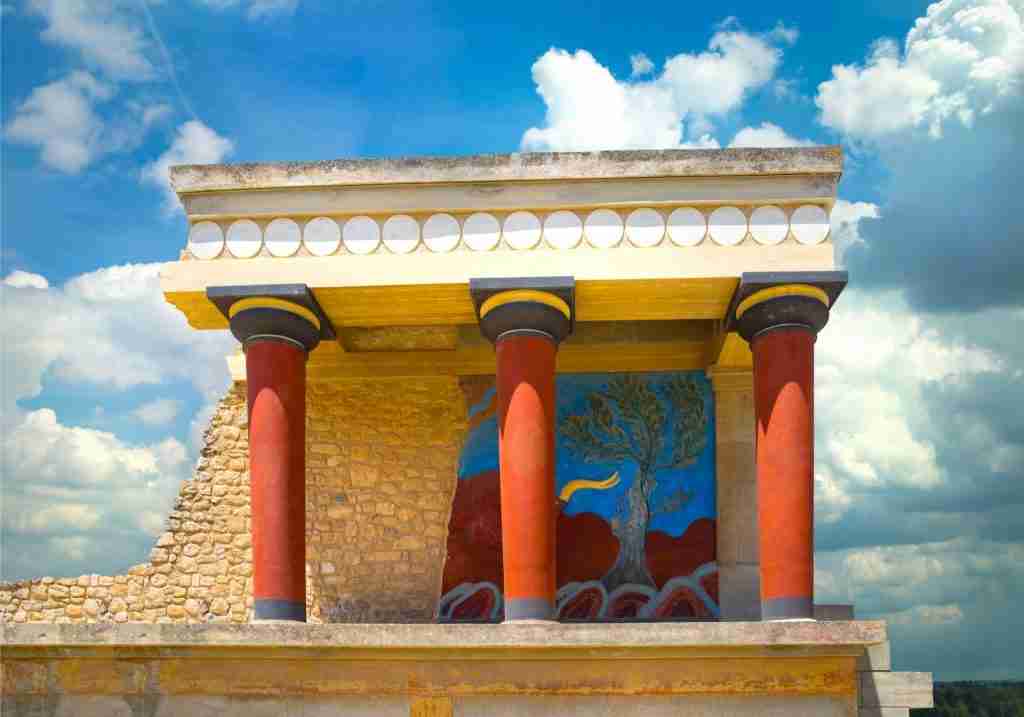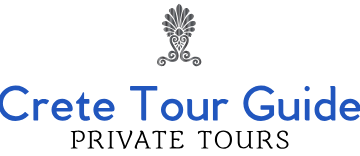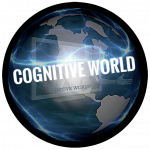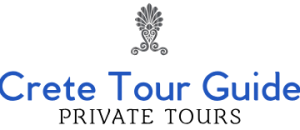Cognitive World. What the Field of Archaeology Can Teach Us About Responsible AI
SEPTEMBER 24, 2021
PHAEDRA BOINODIRIS, BETH RUDDEN, IOANNA GLYPTI
“Forget everything you think you know about the ancient Minoan culture,” the historian Ioanna Kalypso said to me at the palace gates. The story she told me on that hot, dusty day in July has since been pressing on me, like a constant drumbeat — a reminder of why our work in Responsible AI is so unrestricted in importance by just the demands of the here and now. Let us take you on a journey so that you can understand the very direct correlation between what archaeology can teach us about our high tech field.
Knossos
An estimated 10,000 years ago a set of Neolithic people inhabited a hill on the large island of Crete. These industrious people learned over the millennia that there was one local rather dangerous animal that could really turn the tides for their people if they could only figure out how to tame it and domesticate it. Young men were trained to go out into the hills, find a wild bull, capture it, tame it and then bring it back to the village so that it may pull plows. Without the ability to pull plows and harvest fields, the fragile society could not grow in strength and number.



